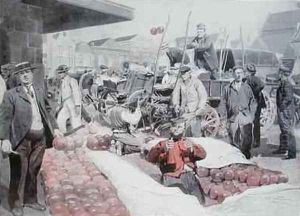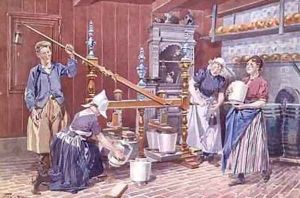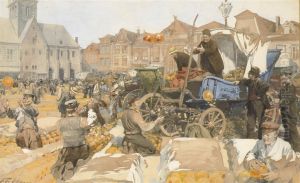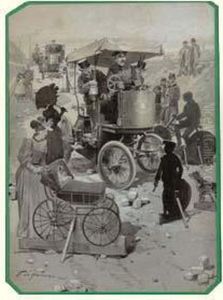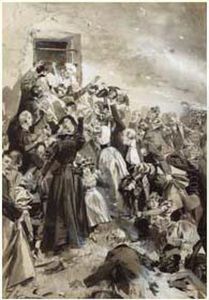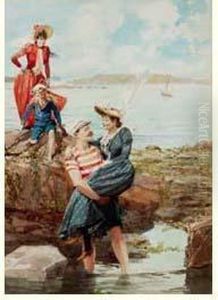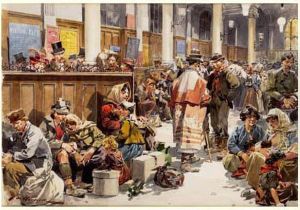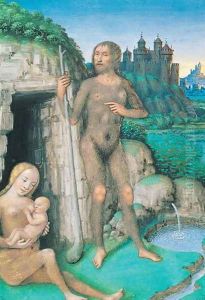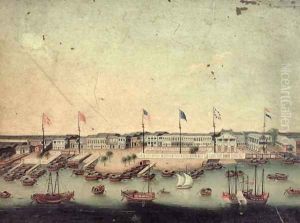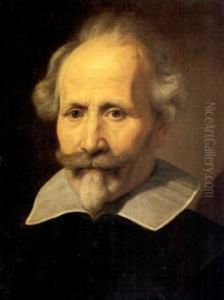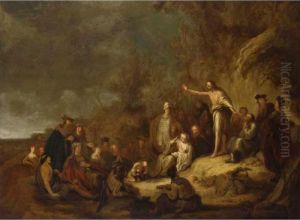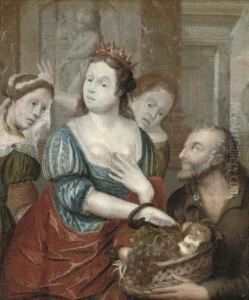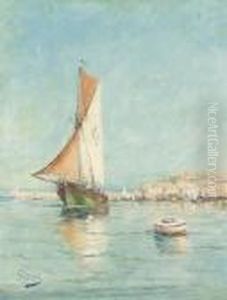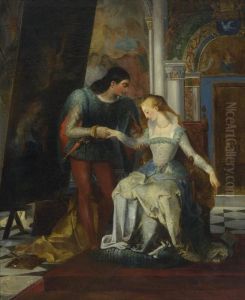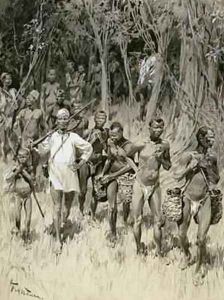





How the white man trades in the Congo State bringing in rubber and hostages
-
About Reproduction
Discover the allure of art with our faithful reproduction of "How the white man trades in the Congo State bringing in rubber and hostages", originally brought to life by the talented Frederic de Haenen. Unlike posters or prints, our hand-painted oil painting breathes an unique sense of depth and texture into your space. Every detail, every stroke, and every texture is meticulously recreated, paying the perfect homage to Frederic de Haenen and his artistic vision.
Owning this piece is more than just decoration - it's a statement of your refined taste in art. Let the vibrant colors and intricate details of this replica serve as a daily reminder of the beauty in our world. Elevate your decor and appreciate the richness of art with our replica of this masterpiece.
-
Painting Description
"How the White Man Trades in the Congo State Bringing in Rubber and Hostages" is a notable illustration by Frederic de Haenen, a British artist and illustrator of the late 19th and early 20th centuries. This work is significant for its historical and socio-political commentary on the exploitation and atrocities committed in the Congo Free State under the rule of King Leopold II of Belgium. The illustration was published in 1906 as part of the book "Red Rubber: The Story of the Rubber Slave Trade Flourishing on the Congo in the Year of Grace 1906" by E.D. Morel, a British journalist and humanitarian who played a pivotal role in exposing the abuses in the Congo.
De Haenen's illustration graphically depicts the grim reality of the rubber trade in the Congo, where indigenous people were forced to collect rubber under brutal conditions. The image serves as a visual indictment of the colonial exploitation, showing a European trader overseeing the delivery of rubber, with Congolese hostages held as collateral to ensure the fulfillment of rubber quotas. The hostages, including women and children, are shown bound and under guard, highlighting the human cost of the rubber trade.
The artwork contributed to the international outcry against the human rights abuses in the Congo Free State and supported the efforts of activists like Morel and the Congo Reform Association to end King Leopold's personal rule over the territory. The illustration remains an important historical document, reflecting the power of visual art to influence public opinion and to serve as a catalyst for social change. It is also a stark reminder of the dark legacy of colonialism in Africa and the exploitation that fueled the demand for natural resources in the industrialized world.
-
Lead Time & Shipping
When you order this oil painting replica, it typically takes 2-3 weeks to paint. If the artwork is more complex, it might need a little more time to ensure the best quality. Once it's ready, we'll send you a photo for your approval. After you give the green light, we'll ship it to you for free.
-
Return & Refund
We believe in the quality of our hand-painted oil painting reproductions, and your satisfaction is our priority. If for any reason, you are not completely satisfied with your purchase, we offer a 45-day return policy. You can return your artwork within 45 days of receipt and receive a full refund. Please note that the artwork must be returned in the original packaging and in the same condition as it was received.





